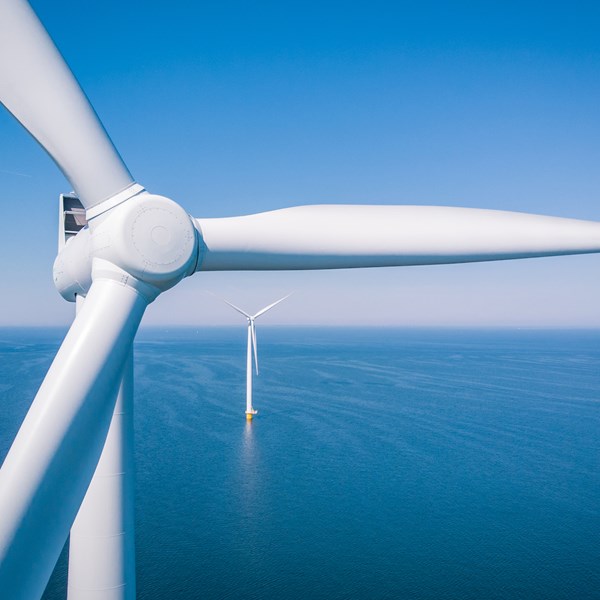Where to turn for permitting guidance and offshore wind training
It is a given that those offering offshore wind consultancy and indeed training should have real-world offshore wind experience. Consultants need to have both local and international knowledge, and often, an awareness of national and local differences; this will help developments stay compliant and satisfy the rules of international investors.
In the case of offshore wind training, it might be easy to overlook the importance of learning design. In a rapidly expanding industry, it is essential that training is comprehensive and accessible whilst addressing the needs of the modern learner. At RPS, we have a track record in establishing and delivering learning and development programmes focussed on the needs of the individual, correlated to the goal of the organisation. Integrating demonstrable industry expertise is key to this success.
Seeking out bespoke formal training on offshore wind development and permitting issues has several key benefits:
- Access to guidance information that has been curated and designed for effectiveness
- The ability to access tailored guidance, e.g. personalised modules or relevant exercises
- Practical exercises offer a ‘safe space’ to explore permitting processes and scenarios, rather than having to learn under pressure on the job. An example is the workshops we designed for BOEM, allowing them to investigate hypothetical situations before they needed to employ them ‘in anger’.
As a new and evolving industry, offshore wind is at risk of a ‘knowledge gap’ that needs to be filled. In some cases, a direct link can be made between inexperience/knowledge gaps and the speed of permitting approvals. Seeking out the relevant coaching and consultancy will make the industry more operationally efficient, helping to answer technical challenges and preventing mistakes – potentially, making an immediate impact on the bottom line. Keeping abreast of industry developments is useful in most roles, but for offshore wind, it is vital.


